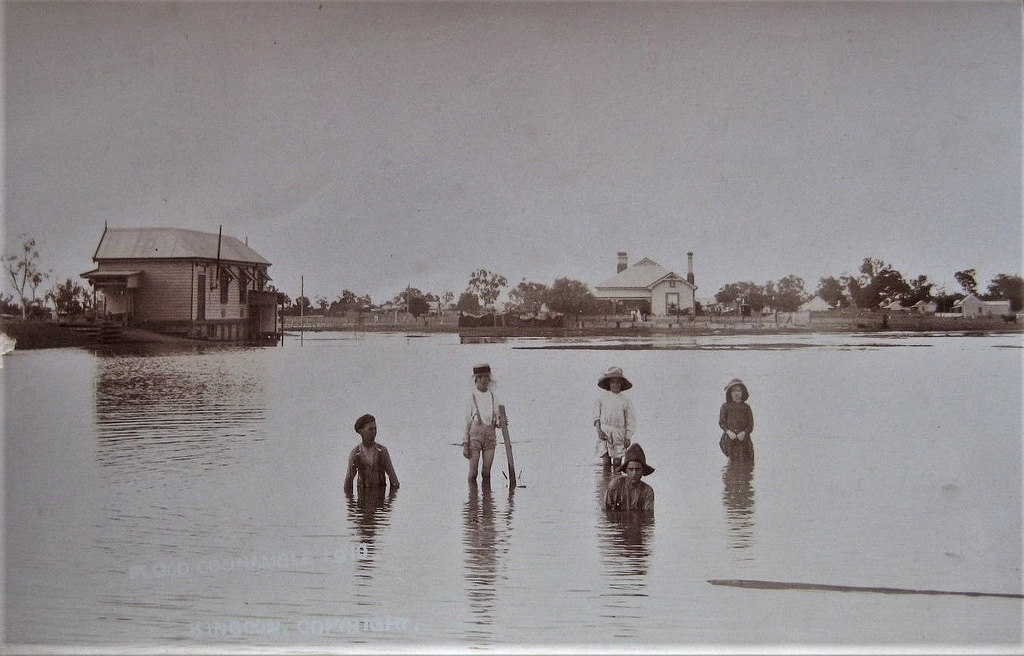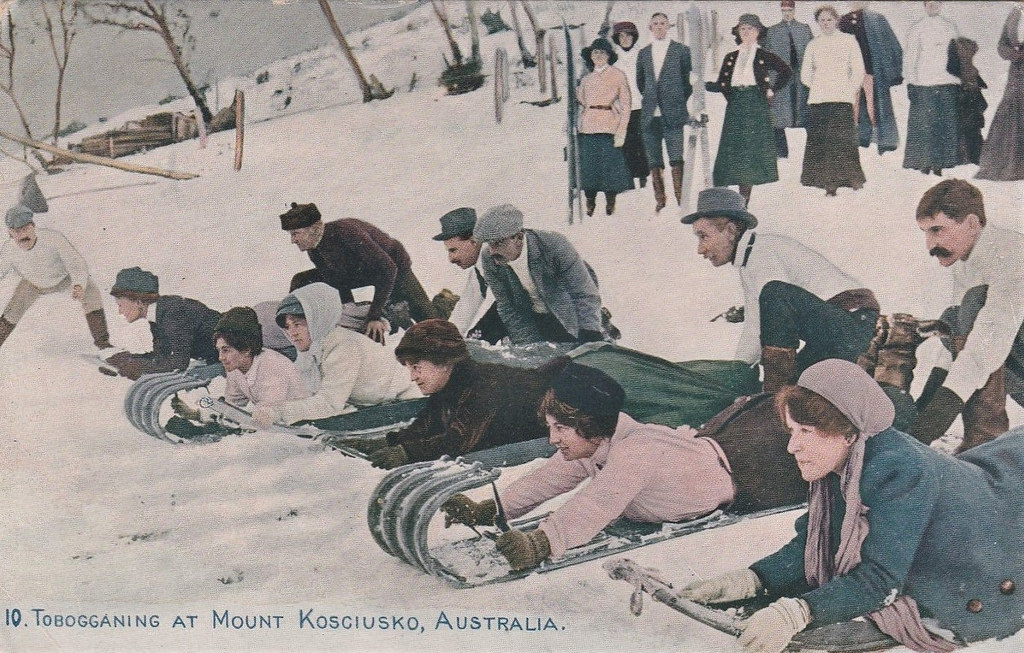
Arts & Culture
Restoring one of the world’s rarest maps

Australians have a truly unique resource in the National Library’s Trove, and it needs to be protected
Published 26 October 2018
The National Library of Australia’s Trove brings together freely available content from libraries, museums and archives, supporting online discovery of the country’s documentary heritage.
Trove is also that rare beast: a digital heritage platform with popular appeal.

When I arrived in Melbourne from the UK earlier in the year to begin researching Trove, I did not anticipate this. Having worked on similar projects, I wasn’t used to people outside of library circles relating to my work. A typical conversation might go:
Stranger: So what’s your project about?
Me: Trove
Stranger: Oh yeah, the National Library search? I’ve used that.

Arts & Culture
Restoring one of the world’s rarest maps
The response still surprises me, and yet variations of this conversation have become commonplace during my time here. Each one is a small reminder of the level of awareness and engagement with Trove.
I even once heard a woman compare it to Facebook, saying it had become her go-to site when spending time online. While that level of use may be unusual, it’s a barometer of just how important the platform has become for a cross-section of people.
So what does Trove do? In the digital world, it is known as aggregator; a system that collects, formats and manages metadata from multiple providers, offering federated access to that data via platforms and websites.
And Trove is one of the most successful of its kind among aggregators such as Europeana, the Digital Public Library of America and the National Library of New Zealand’s DigitalNZ.

Trove is also distinct from some of its fellow aggregators. As well as drawing together heritage content from across different collections, it delivers content, primarily in the form of freely accessible full-text digitised newspapers.
In addition, features like personalised lists and crowdsourced text correction have been central to Trove from an early stage. These social engagement tools are popular and the platform averages 70,000 daily visitors. The most prolific text correctors have even been commended in a hall of fame.

Politics & Society
Balancing the history books, one Wikipedia entry a time
So who exactly are Trove users? As one might expect, history researchers make up a large proportion of the people working with the newspapers, looking for primary source material on particular historical events or ideas.
But there have also been new literary discoveries and scientific restoration work that began through searching in Trove. And its audience isn’t just limited to academics – text correctors and family historians account for a large part of the user base too.
As one historian told me, “Trove’s addictive, I’ve discovered so much about my family through Trove and new stuff’s being added all the time”.
Trove focuses primarily on Australian cultural heritage content, but it’s a valuable service for researchers internationally as well. A recent study revealed the wider impact of the National Library and Trove, listing their site among the top 15 for external citations in the English-language version of Wikipedia.
For these reasons, I was surprised to learn that in 2016 Trove was under threat after the announcement of National Library funding cuts.
Help us correct Victorian newspapers! #fundtrove https://t.co/ClTYSIcTrW pic.twitter.com/3MRrQynNz6
— State Library Vic (@Library_Vic) April 29, 2016
The public and professional response to this news was striking, with many people using the #fundtrove hashtag on Twitter to give examples of the difference the platform had made to them.
The campaign led to a new funding commitment for Trove of $16.4 million over four years. Yet questions remain about its future when this funding runs out, and some in the research community are suggesting it should receive financial support as part of research infrastructure projects.

Arts & Culture
Art on the page
Whatever happens, one thing is clear: Trove is an important part of Australia’s digital heritage landscape, as well as being a valued resource for researchers. One of its lasting achievements is that it appeals to both the interests of subject specialists and a wider public audience.
These achievements shouldn’t be taken for granted because there aren’t many services like Trove around. Someone asked me recently, “don’t all National Libraries have their own version of Trove?” and the short answer is no.
Australia – and the world – truly has a unique treasure in Trove.
Dr Stainforth’s Endeavour-funded Postdoctoral Fellowship focuses on Trove and its implications for cultural heritage. She is interested in the social effects of technical decision-making, how platforms like Trove make resources available to the public in new ways, and how aggregated content may create new expectations and contexts for heritage.
Banner image: Shutterstock